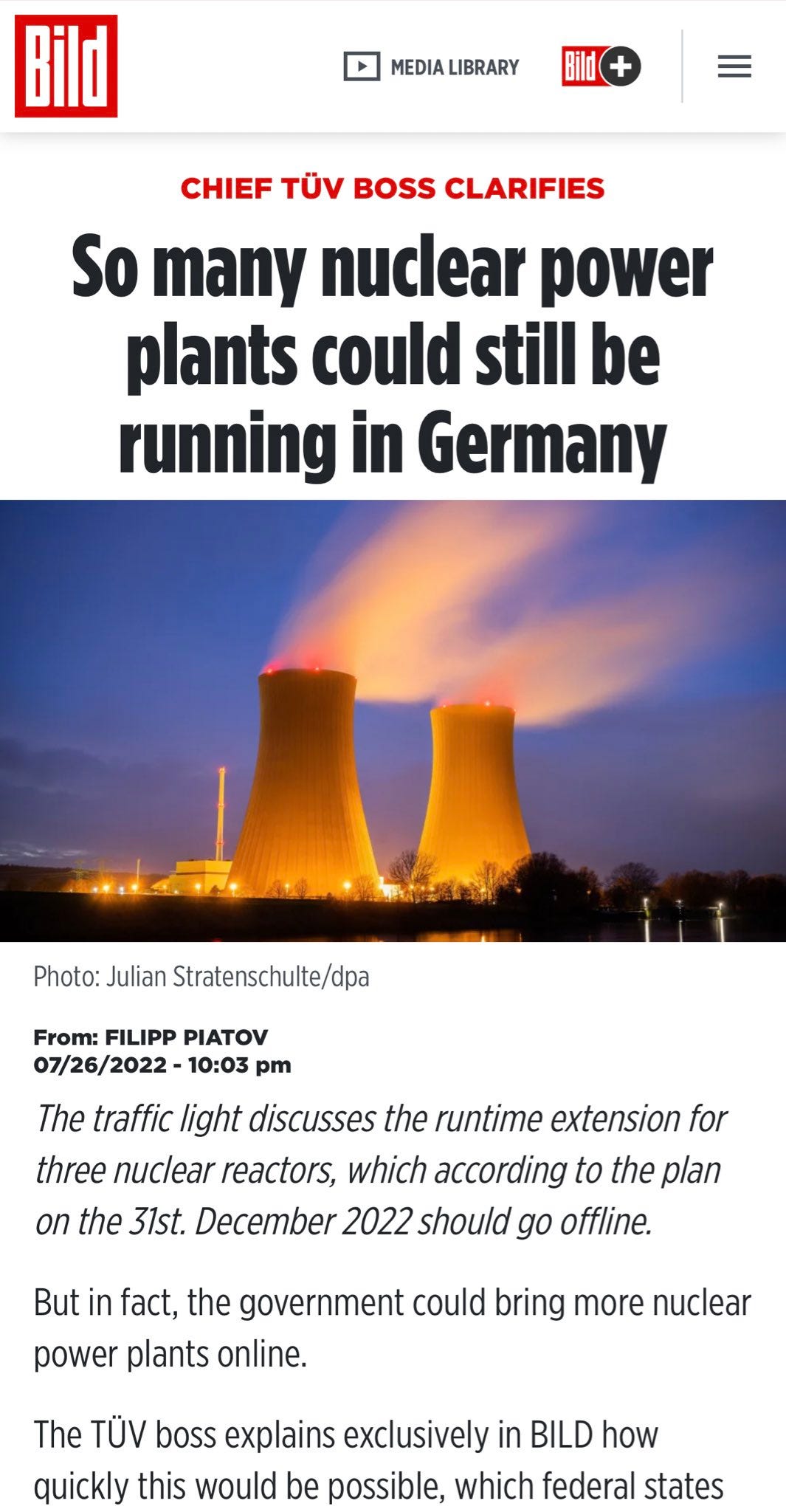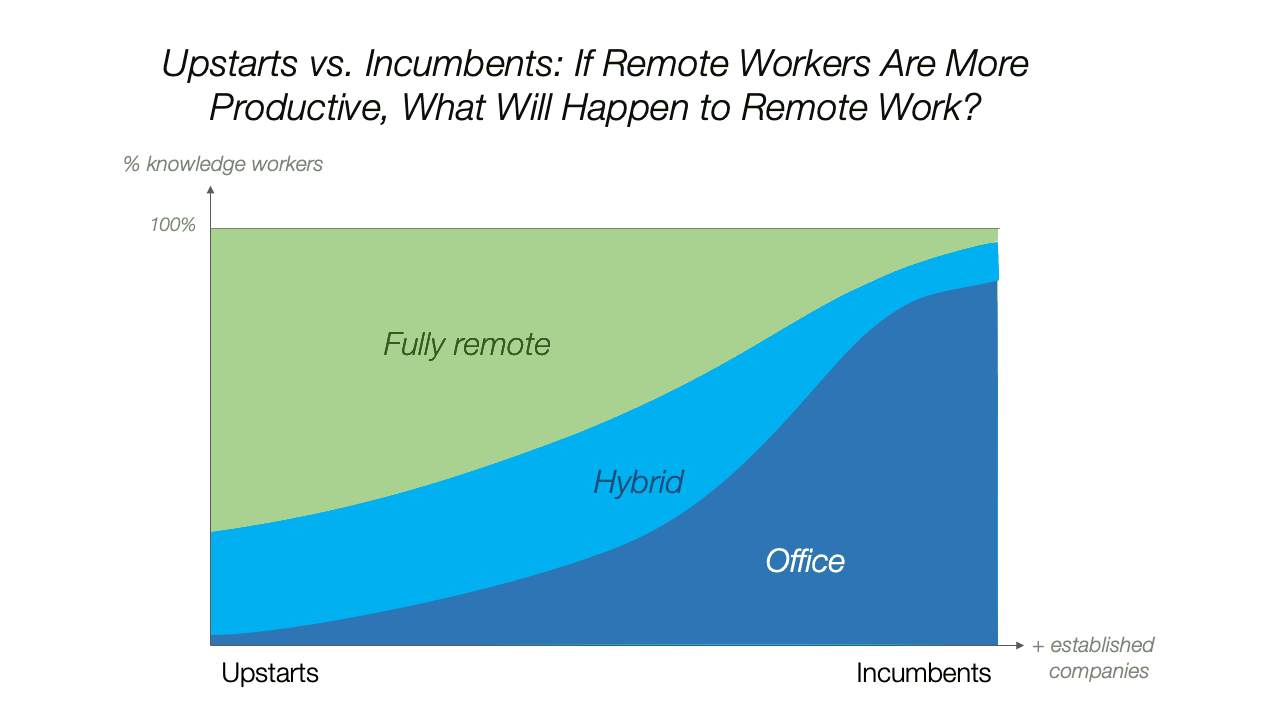August Updates 2022
Germany's nuclear reactors, plastics, Russia's invasion, remote work, Substack becomes a platform, healthcare costs transparency, solar radiation, global taxation, AI progress, universal English
Once a quarter, I write a summary of the news that updates topics I’ve covered. The last one was in May. This time we’ll touch on Germany’s nuclear reactors, Russia’s occupation, plastics, Substack becoming a platform, how to split bundle revenue, remote work is here to stay, healthcare costs transparency, solar radiation, English as the future universal language, and global taxation.
Germany’s Nuclear Reactors
In Why Germany Won’t Keep Its Nuclear Plants Open, I claimed that all the reasons the German government was giving to keep the nuclear power plants open were just excuses:
They could get the legal approvals if they wanted
Safety inspections could be done
Fuel, spare parts, and technicians could be found
It’s economically viable if you extend their operating life
Now the company that operates one of the reactors has publicly said that they can keep operating their plant:
They have the parts, the people, the fuel. The most modern safety standards are being met, and they already have the certifications for it! The safety certifiers agree.
The government agency for safety is doing a tour of press against the government—it’s quite something. Here’s a full interview:
With this evidence, and with the pressure from the public—which is now more in favor of nuclear than against—the German government is now manifesting its openness to keeping the three reactors open.
And this is not just keeping the current nuclear reactors open. It’s about reopening the closed ones too.
These are the result of society (inside and outside of Germany) pushing the German government to do the right thing. Part of that cacophony is the over 2,000,000 impressions that you have caused by sharing our newsletter and tweets on the topic. So keep going!
Part of the goal of this newsletter is not to be gloomy about the world, or make you angry with no agency. Quite the opposite: to find topics where we can have a meaningful impact, and then have it. We’ve done it for COVID, and I’m glad we’re still doing it!
Plastics
And not just with COVID and Germany’s nuclear reactors. This is what your money bought for cleaning up plastics:
Together, we raised $8,000 for TeamSeas, and one of the two NGOs that received that money was The Ocean Cleanup (TOC). They’ve used that money to extract 100,000 kg of plastic from the Great Garbage Patch in the Pacific Ocean.
It’s 1/1000th of all the plastic in that patch, which doesn’t sound that much, but is huge: We’re not just funding the cleanup of the ocean, but also the development of the technology to do it more and more efficiently over time.
Early on, TOC took years to collect their first 8,000 kg of plastic. Now they do that in 4 days.
They took one year to clean these 100,000 kg of plastic, but now they’re learning to do it well, and they think they can do it with one system in one month, so they can clean up 0.1% of the garbage patch every month. Add ten of those, and they’re cleaning 1% per month, or about 12% per year. Within a decade, this problem disappears!
Thank you for making a tangible positive impact in the world.
Russia
In my Russia article back in January I said:
All of this gives us hints of what Russia might do in Ukraine next, from most likely to least likely:
1. Formalize the occupied portion of Donbas as part of Russia
2. Expand further into Ukraine, to gather pockets of Russians
3. Go farther along the Black Sea coast
4. Invade the more traditionally Ukrainian part
And then in the last update I added that Russia had tried all four, with more success with the higher-priority items. The situation hasn’t changed much, but a visualization might be best way to show this:
I bet that the map of Russian speakers / ethnics is the best predictor of Russia’s ability to keep a certain region in the long term.
Remote Work Is Here to Stay
A year ago, in the middle of the pandemic, I bet in Remote Work Is Inexorable that remote work was here to stay, that the bigger companies would try (and fail) to bring their employees back, and that nimbler companies were going to win with remote work.
More importantly, I predicted that preferences wouldn’t dramatically change, and about 30% of workers would prefer fully remote work, about 65% would prefer hybrid, and only about 5% would prefer to work full time in the office.
This is basically what has happened: preferences haven’t changed, yet companies are pushing people to work in the office more than they want, but they’re not very successful. Fully on-site work has barely budged over the last few months. People are leaving when their employers tell them to go back to the office.
Substack Becomes a Platform
The idea in The Future of Substack is that Substack was a SaaS tool, which is not a great way to create network effects to defend itself against competition. I argued that Substack could develop network effects if it became a platform. For that, they needed to market writers, so that Substack could help them attract readers. With that help, writers would never leave the platform. I suggested that the best way to achieve that was to create recommendations for readers, so they could easily discover new writers. I also pointed at a few hints that Substack was already going in this direction.
Since then, they’ve indeed been pursuing this strategy, and quite successfully. Authors keep sharing how much their audiences have been growing lately on Substack.
Here is Gergely, from the fantastic The Pragmatic Engineer (if you’re a software engineer):
The impact is turning out to be striking.
Noah Smith agrees.











